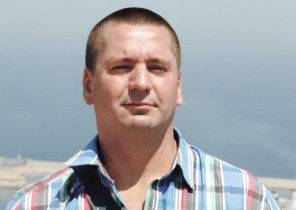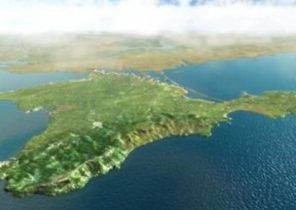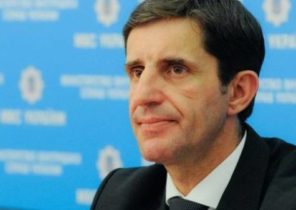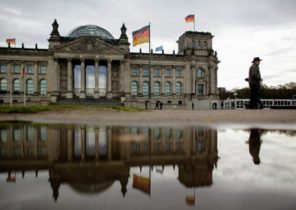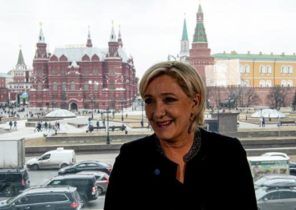
In Moscow no one actually does not know whether to rejoice. In principle, all that speaks of power, for the Russians — a balm for the soul. And especially what he says about the economic recovery after two years of decline.
Therefore, it did not go unnoticed the news that in the first quarter, the ruble strengthened and was among the three most popular currencies of developing countries. Since the beginning of the year it grew by 7.7% against the U.S. dollar. More only increased Mexican peso and Korean won.
The divergence of views
And yet the joy in Moscow can not be called absolute. They understand well that because of falling oil prices, Western sanctions and structural economic crisis, in the period from autumn 2014 to January 2016, value of the currency fell by more than 50% — is incomparably greater than other emerging market currencies. Therefore, the Russian currency had more opportunities for lifting. But during the year, the ruble has grown from 83,59 rubles per dollar to 55,96 rubles to the dollar, and thus quickly reached the level beginning July 2015, and this fact causes concern.
Especially those dissatisfied with the Ministry of Finance, because the weakness of the ruble allowed to save the budget, despite the reduction in revenues in dollars from oil sales. Exchange income in dollars, a weak ruble is formally provided a huge amount, which was easier to cover domestic expenses in rubles.
However, Russia is now faced with the phenomenon, when the exchange rate is freed from its traditionally heavy reliance on oil prices. The impact of oil prices on the ruble has fallen by two thirds, said the head of the Central Bank Elvira Nabiullina. The result: the price of oil over the past few weeks fell, but the ruble strengthened even more. The value of the ruble is overvalued by 12%, said Minister of Finance Anton Siluanov.
Of course, not everyone shares the concern Siluanov. Perhaps, Nabiullina mentioned. However, she is guided by other motives. Its main objective is to reduce the historically high level of inflation this year at four percent. It is very slow progress in reducing key interest rates. In March, it reduced it from 10% to 9.75%. As in other emerging economies, inflation is lower — much harder than the interest rate. This will entail higher revenues as well as strengthen the currency. For a long time in countries with developing economies attracts so-called “carry traders” who earn the difference in interest rates and exchange rates.
Threat to the process of import substitution
In Moscow, it is a concern not only Siluanov. The weakness of the ruble, combined with the ban on Western agricultural products over the past two and a half years has actually led to a significant reduction of import, because he has suddenly risen in price twice. This was the impetus for the development of production in the country. In some segments even showed a interest in export from Russia.
But now the government is afraid to lose these results. In February, the Ministry of Finance for the first time in the last two years has allowed the foreign exchange market to buy dollars.

